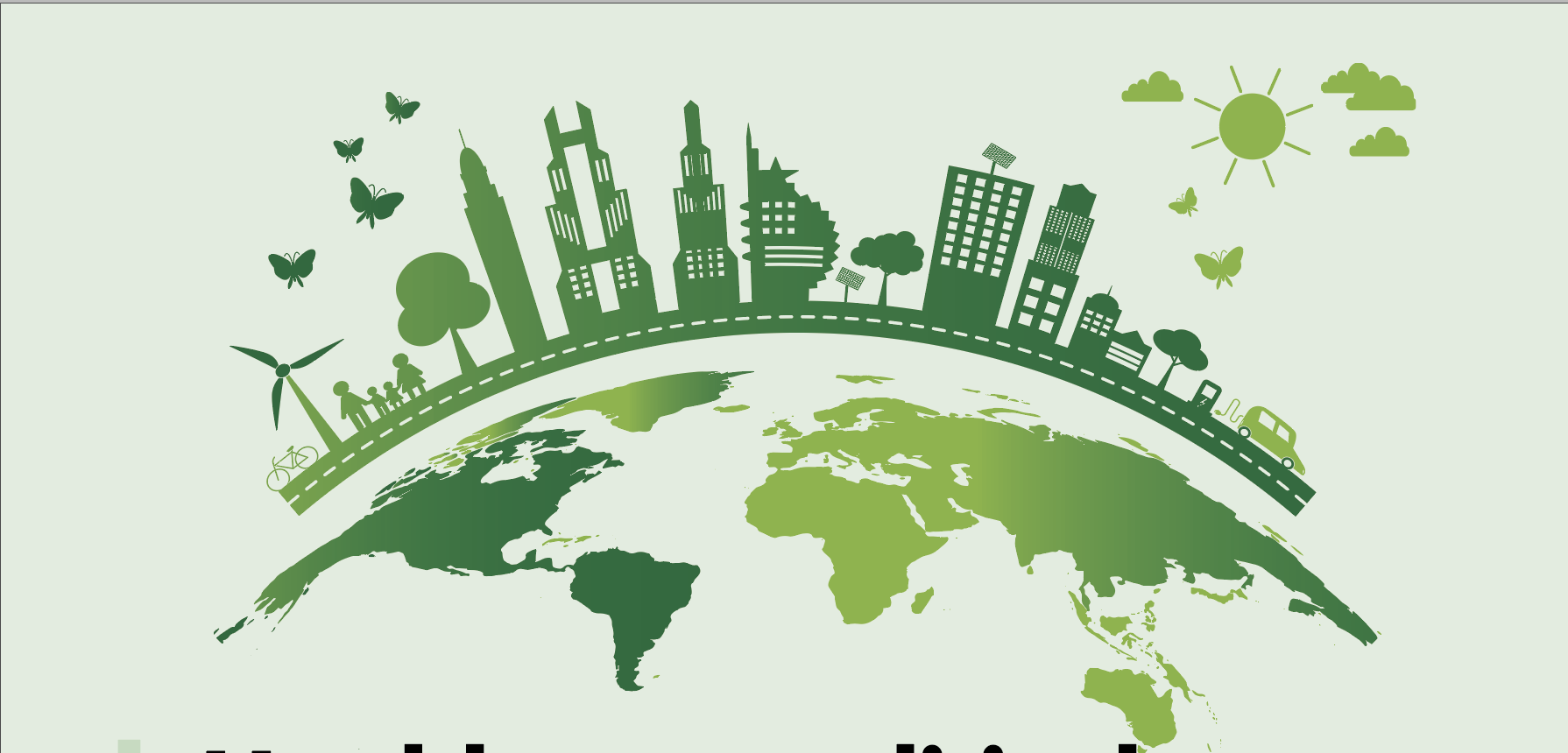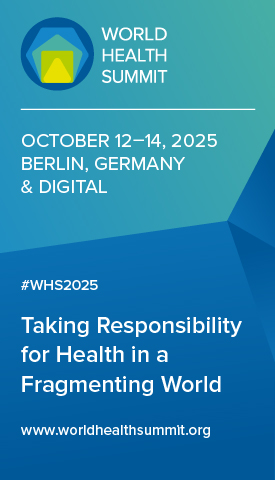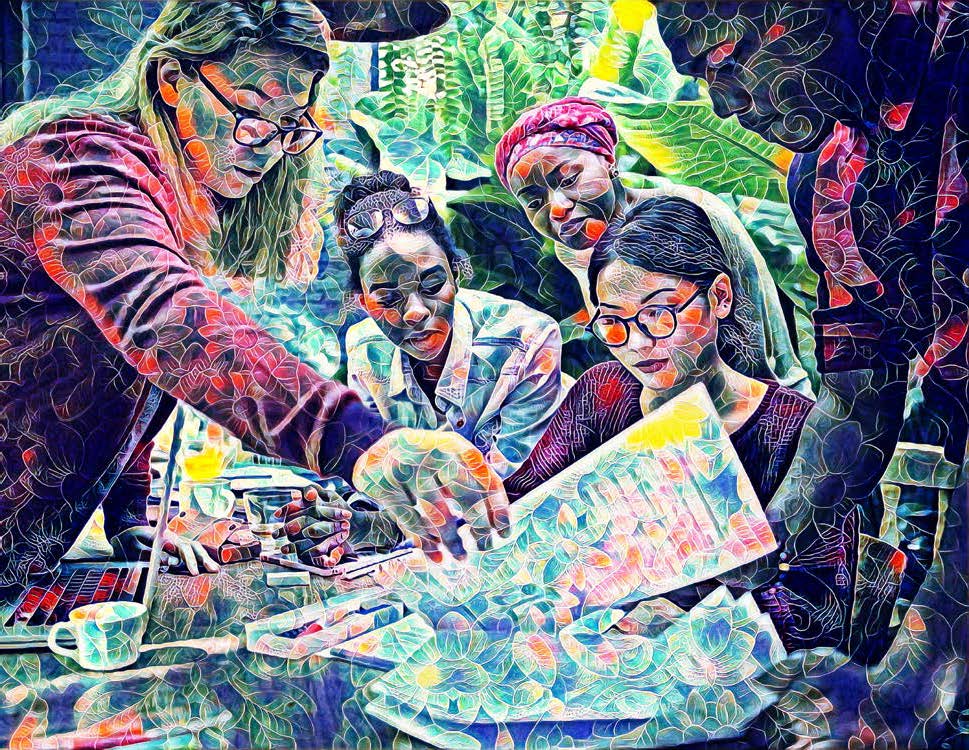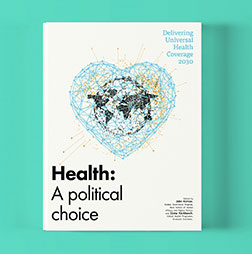Health as a political choice: From overshoot to well-being societies
This year, Earth Overshoot Day fell on 24 July 2025 – the date by which humanity had exhausted the ecological resources the planet can regenerate in the entire year. According to the Global Footprint Network, we are using nature 80% faster than ecosystems can regenerate – equivalent to 1.8 Earths. The cumulative ‘ecological debt’ now equals roughly 22 years of Earth’s full biological productivity – damage that accumulates even if the date appears stable from year to year.
That steadiness should alarm rather than reassure: flat lines in a context of continued ecological debt mean the underlying risks grow each year. We are not on the right track. Stabilisation without structural change is a slow-motion crisis.
The challenge of living within planetary boundaries while ensuring social justice is elegantly framed by Kate Raworth’s ‘doughnut’ model: a safe, just space for humanity bounded by an ecological ceiling (planetary boundaries) and a social foundation (life’s essentials, aligned with the Sustainable Development Goals). Economies should be designed to meet everyone’s needs without breaching Earth’s limits.
Translating that into action requires industrial-policy scale ambition. The final report of the World Health Organization Council on the Economics of Health for All, chaired by Mariana Mazzucato, calls for reframing health from a cost to an investment, governing innovation for the common good, building dynamic public-sector capabilities, and aligning finance and measurement with human and planetary well-being. This is not ‘market fixing’ but ‘market shaping’ for Health for All.
Taken together, Raworth’s doughnut provides the normative direction (the why and where), and Mazzucato’s Health for All agenda sets out the institutional mechanics (the how). The path away from ecological overshoot runs through politics, governance and purposeful investment – not merely through private preferences or incremental efficiency gains.
Health as a precious resource
Many of the arguments to invest in people’s health and well-being are not new. Rudolf Virchow first articulated the link between poverty and tuberculosis in the mid-19th century, framing tuberculosis as a ‘social disease’ rooted in poor living conditions, malnutrition and inadequate sanitation rather than in purely biological causes. He famously declared that ‘medicine is a social science, and politics is nothing but medicine on a grand scale’. This perspective laid the foundation for social medicine and highlighted how structural inequalities drive disease patterns.
The evolution of global health policy reflects a growing recognition that health is deeply influenced by social, economic and environmental determinants. Four landmark frameworks illustrate this shift: The 1978 Alma-Ata Declaration on Primary Health Care affirmed health as a human right and positioned primary health care as central to achieving equity and Health for All. The 1986 Ottawa Charter for Health Promotion reframed health as a resource for everyday life and introduced strategies such as healthy public policy and supportive environments. The 2011 Rio Political Declaration on Social Determinants of Health reinforced the need for intersectoral action and governance to reduce health inequities across the life course. Finally, the 2021 Geneva Charter for Well-being called for creating well-being societies that prioritise human and planetary health, equity and sustainability, advocating for measures of progress beyond gross domestic product. Progress towards universal health coverage and resilience indisputably depends on political commitment at the highest levels, because the determinants and distribution of health are shaped by fiscal policy, regulation and social protection.
Systemic solutions for intersecting crises
Decades of health promotion experience in shaping people’s living environments, shaping policies in sectors that affect people’s health, and shaping governance models and incentive structures have taught us what works and what does not. But we need to adapt. Community engagement, empowerment and health literacy offer systemic solutions to intersecting crises: climate change, mis- and disinformation, migration, and the ever-present risk of new pandemics. This builds directly on the Ottawa Charter’s five action areas – building healthy public policy, creating supportive environments, strengthening community action, developing personal skills and reorienting health services – which remain the most practical architecture for whole-of-society action.
Some examples illustrate the practicality of a health promotion approach:
Health promotion helps translate climate science into community-owned action: co-producing heat-health plans, tailoring risk communication, and enabling low-carbon choices in schools, workplaces and cities. The WHO’s guidance on risk communication, community engagement and infodemic management shows that trusted relationships and two-way feedback loops are indispensable for sustained behaviour change – whether for heatwaves, air quality or vaccination in climate-exacerbated outbreaks.
The climate-health nexus is increasingly targeted by misinformation and disinformation, which erode trust and stall policy. Analyses document how deceptive narratives reduce uptake of protective measures and polarise debate. Health literacy – the capacity to access, understand, appraise and use information – therefore becomes a structural determinant of resilience. The WHO’s 2024 fact sheet calls for organisational health literacy so institutions – not just individuals – adapt to be understandable, navigable and trustworthy.
Climate change is amplifying migration and displacement, with profound health implications. The WHO and partners have urged migrant-inclusive, climate-resilient health systems, integrating community engagement and mental health support, and embedding migrant health into national adaptation plans. Health promotion’s equity lens ensures that those most exposed are at the centre of the design of services and protections.
Well-being societies counter overshoot economies by redefining progress away from endless GDP growth towards human and ecological flourishing. They prioritise health, equity and sustainability over consumption, ensuring economies operate within planetary boundaries. Instead of concentrating wealth and repairing harm after the fact, they focus on fair distribution, prevention and resilience. This shift creates systems designed to deliver good lives without exhausting resources, making well-being societies a sustainable alternative to growth-driven models.












